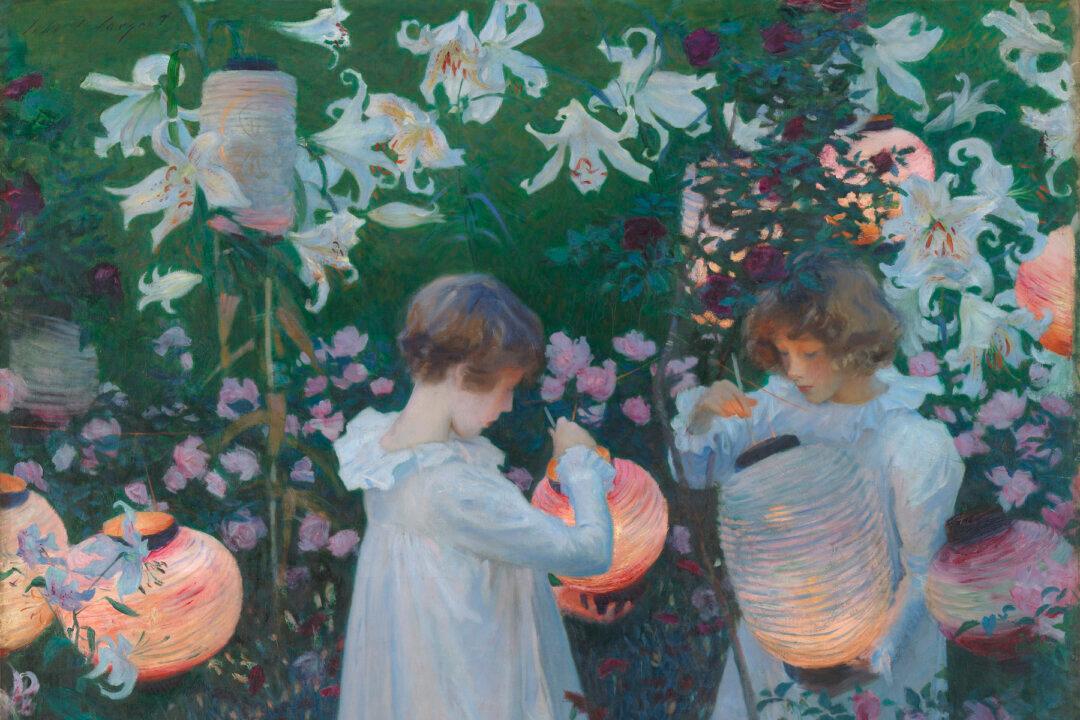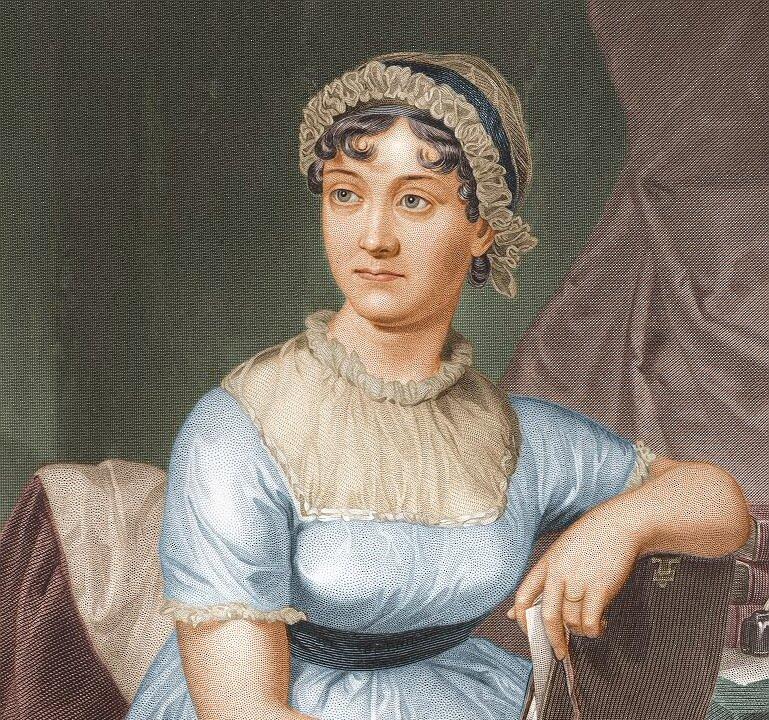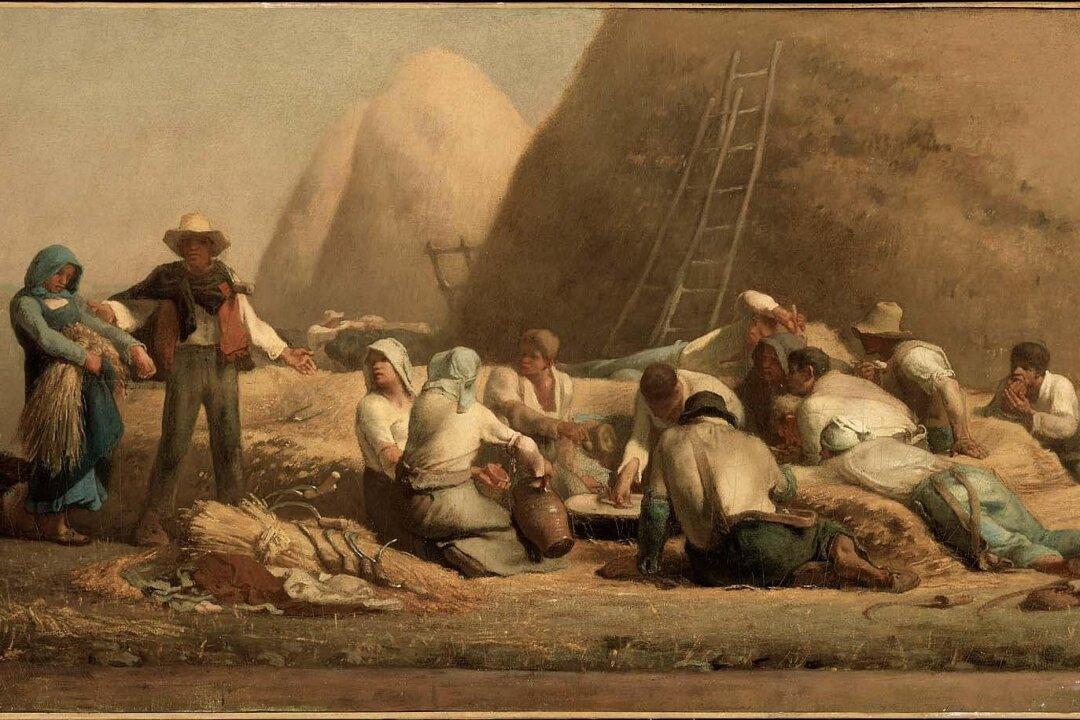Do you start your morning with a steaming cup of coffee? Though coffee smells great, most kids don’t like it. And yet, so many adults do. Is it because grown-ups have more sophisticated palates? Actually, taste buds tend to be more sensitive in youth. You were made to have great taste! But, you knew that already, so let’s move on ... to candy bars.
Ooey-gooey candy bars are an easy example of how grabbing at something with momentary feel-good power can overshadow good judgment, like the choice to fill your body with a better meal. While senses provide a plethora of information, taste, sound, sight, and so on are only pieces of the puzzle of knowledge. Enter the intellect! Physical cues will serve you best when coupled with a thoughtful mind and discerning spirit. Your intellect is ideal for considering the fruits. Using reason and judgment is akin to reading the ingredients. Sometimes, yucky stuff gets slipped into an appealing mix. Don’t just gulp it down.





